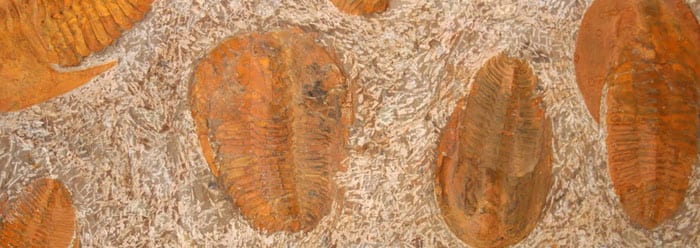The Geologic Column (May 26)


Textbooks, TV programs, and museums place distinct 12 geological rock strata in a vertical order and name this sequence, “the geological column.” In this geologic column, the rock layers or strata form a sequence from top to bottom. Yet, the complete geological column is not found at any location on earth, it is only found in diagrams!
Before the 1800s, the sequence of different rock layers (and fossils found within these rocks) were known, but the general order was acknowledged to exist as a result of these rock layers being formed during the year-long Flood of Noah’s time. First buried were the sea creatures and later, as the flood waters increased, land creatures were buried. The geologic column was the order of what was caught in the Flood. During the late1800s, evolution became popular, so the meaning of the geological column changed. It now was a tool for promoting the evolution of life – from bacteria to people, over millions of years. But what do we find in the fossil record of this geological column?
Near the very bottom of the geological column is the Cambrian layer. In the Cambrian layer, we find fossil remains of complex creatures from most of the major animal groups. In fact, we find representatives of every major animal phylum both alive today and those that are now extinct. This explosion of complex life is called the “Cambrian Explosion.” The Cambrian Explosion is actually explosive evidence against slow and gradual evolution! When we study the facts, we find God’s word is true. The Bible states in clear straightforward terms that God created all plants and animals on earth in six literal days. Over a thousand years later, the Flood of Noah took place, leaving behind the fossil evidence. The “Cambrian Explosion” testifies to the accuracy of Scripture.
Exodus 20:11
Reference
Parker, Gary and Mary. 2005. The Fossil Book. Master Books: Green Forest, AR. p.18-22.
Learn More
The Cambrian explosion – The fossils point to creation, not evolution
Recommended
Book: Darwin’s Doubt, Stephen C. Meyer
